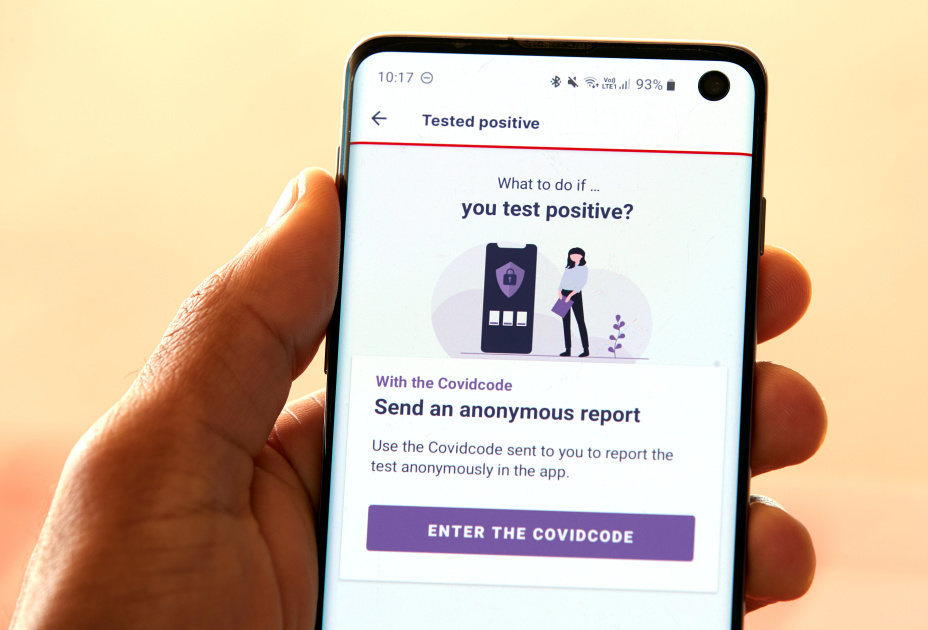The COVID Alert app helps you protect yourself, your family, and your community by notifying you if you’ve been exposed to #COVID19. Download it today⚡
➡️ iPhone: https://t.co/TxCx8L7s7m
➡️ Android: https://t.co/A3O4YqsjuJ pic.twitter.com/yCeL0zftQB— CanadianPM (@CanadianPM) July 31, 2020
In the US Google says that 20 states and territories covering about 45 percent of the population are “exploring apps” based on the systems, and the first ones should launch “in the coming weeks.”
The blog post points out a website explaining more about how ENS works, and even explains things like why it requires users keep their location on if it doesn’t track that (tl;dr — it’s a legacy Android setting that was not designed for this particular situation). It also points out where information has been released to show how the servers work, code to show how the notification APIs work and what data is collected. Microsoft, Google and Apple have collaborated with the Association of Public Health Laboratories on a national key server to store codes for people who test positive, so each state or public health agency doesn’t necessarily have to develop its own and hope to do so securely.
The APIs themselves have gotten an update, in ways that give public health authorities the ability to determine risk level associated with the exposure, as well as a visible on/off toggle in Android so users can more clearly understand if the tech is in use. Another change makes them interoperable between different countries.
With rising numbers of cases in some areas and growing concern over whether or not kids can safely return to school in the fall, these digital contact tracing tools may be able to help push back against the spread of the virus — if they are effective, widely used and follow the advice of experts to keep our privacy protected.
2/ Example of a real world deployment in Ireland https://t.co/P89gcF9k6L
— Dave Burke (@davey_burke) July 31, 2020

